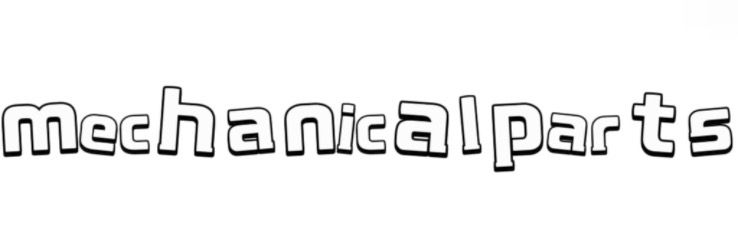Slurry Pump Working Principles: Centrifugal vs. Positive Displacement
Nov. 11, 2024
Slurry pumps are essential in various industries, including mining, wastewater treatment, and construction, as they efficiently handle mixtures of liquids and solids. Understanding the working principles behind these pumps is crucial for selecting the right type for specific applications. In this article, we delve into the operating mechanisms of centrifugal and positive displacement slurry pumps to equip industries with the knowledge they need.
Centrifugal Slurry Pumps
Centrifugal slurry pumps operate using a rotating impeller to impart kinetic energy to the slurry. This movement generates centrifugal force, pushing the mixture from the pump’s inlet to the discharge. The key components of a centrifugal pump include the impeller, volute casing, and throat bush. Here’s a closer look at how they function:
Working Mechanism
The slurry enters the pump through the inlet and flows into the impeller. As the impeller spins, it increases the velocity of the slurry and converts this kinetic energy into pressure energy as the slurry exits into the volute casing. The volute then directs the flow, allowing the slurry to be discharged. This design allows centrifugal pumps to be efficient and effective for providing high flow rates, making them suitable for applications that do not require high pressure.
Advantages and Disadvantages
The advantages of centrifugal pumps include their simpler design, lower initial costs, and ease of maintenance. They perform well for low-viscosity slurries, meaning they can handle large volumes of liquids with minimal solid content. However, they can struggle with highly viscous slurries or those containing larger solids, leading to performance issues.
Positive Displacement Slurry Pumps
Positive displacement (PD) slurry pumps operate by trapping a fixed amount of slurry and forcing it into the discharge pipe. The principal types of PD pumps include diaphragm, gear, and screw pumps. Each has distinct mechanisms but shares the same fundamental operating principle.
Working Mechanism
In a positive displacement pump, the movement of the diaphragm (or other delivering mechanism) creates a vacuum that draws the slurry into the pump’s chamber. Once filled, the mechanism pushes the mixture out with significant force. This action allows positive displacement pumps to handle viscous and thick slurries effectively, making them ideal for mining and dredging applications where large solids are present.
Advantages and Disadvantages
The primary advantage of positive displacement pumps is their ability to maintain a consistent flow rate, regardless of the discharge pressure. They excel in applications with varying pressures or when pumping high-viscosity slurries. However, they generally have higher initial costs and can be harder to maintain due to their complex design.
Comparative Overview
When considering slurry pumps, it’s essential to weigh the specific requirements of your application. Here’s a summary table comparing the two types:
| Feature | Centrifugal Pumps | Positive Displacement Pumps |
|---|---|---|
| Flow Rate Stability | Variable | Constant |
| Ability to Handle Solids | Limited | High |
| Viscosity Handling | Low | High |
| Maintenance | Easy | Complex |
| Initial Costs | Lower | Higher |
Conclusion
Choosing between a centrifugal and positive displacement slurry pump depends significantly on your specific needs, such as the type of slurry, flow rate, and maintenance capabilities. Understanding the working principles will help make informed decisions, leading to more efficient operations and reduced costs. Whether you need high flow rates for thin slurries or consistent delivery for thick mixtures, there is a suitable slurry pump type available to meet your needs.
For more slurry pump working principle, desulphurization pump factory, Applications of Desulfurization Pumpsinformation, please contact us. We will provide professional answers.
263
0
0
All Comments (0)
If you are interested in sending in a Guest Blogger Submission,welcome to write for us!


Comments